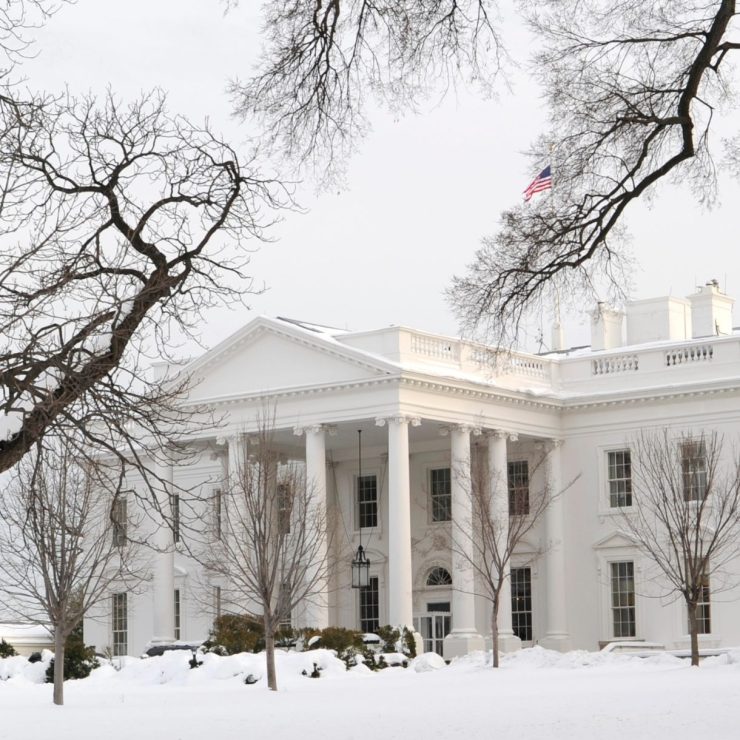By: Andrew Der, CEP
Last month, the US Court of Appeals for the District of Columbia Circuit made a ruling on the National Environmental Protection Act (NEPA) that many authorities consider to be groundbreaking. For a quick background of what NEPA is, the most recent NEPA regulations, and the previous SCOTUS “Chevron” ruling, check out my previous blogs.
The DC Circuit’s ruling in the case of Marin Audubon v. Federal Aviation Administration (FAA) and National Park Service (NPS) exceeds the previous Chevron case in significance and may alter fundamental NEPA concepts back to its origins if carried forward congruent with SCOTUS. The DC Court decision potentially overturns long-standing abilities of the White House Council for Environmental Quality (CEQ) to issue NEPA regulations, asserting that the CEQ lacks the authority for rulemaking and could violate the separation of powers by doing so. The Court stated, “No statutory language states or suggests that Congress empowered CEQ to issue rules binding on other agencies — that is, to act as a regulatory agency rather than as an advisory agency.”
This rejection of the CEQ’s authority could reset court precedents and allow for more narrow interpretations of NEPA requirements. The degree to which this or may not be compatible with recent and future SCOTUS rulings, as well as how this will govern existing and future NEPA procedures in the Environmental, Health, and Safety industry, is yet to be determined. As of now, there is a lot of speculation, and more questions than answers.
Stay tuned for updates as we see the effects of this case evolve!
